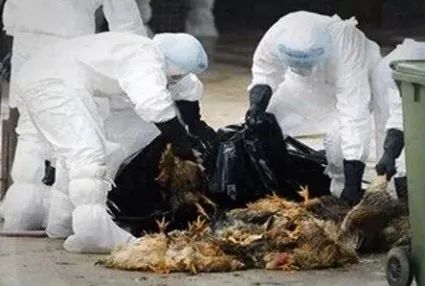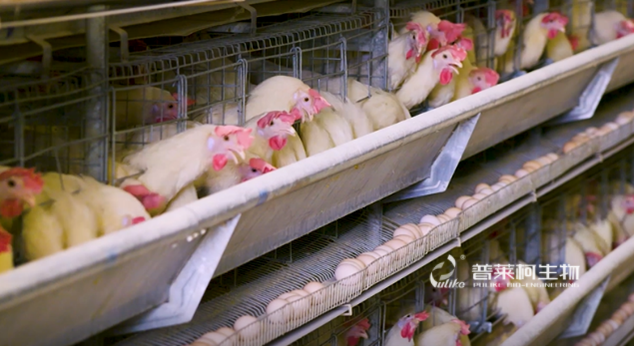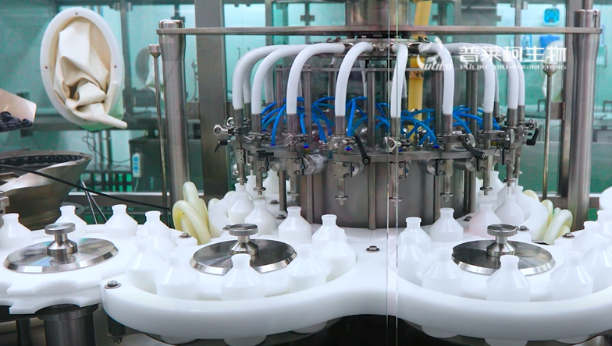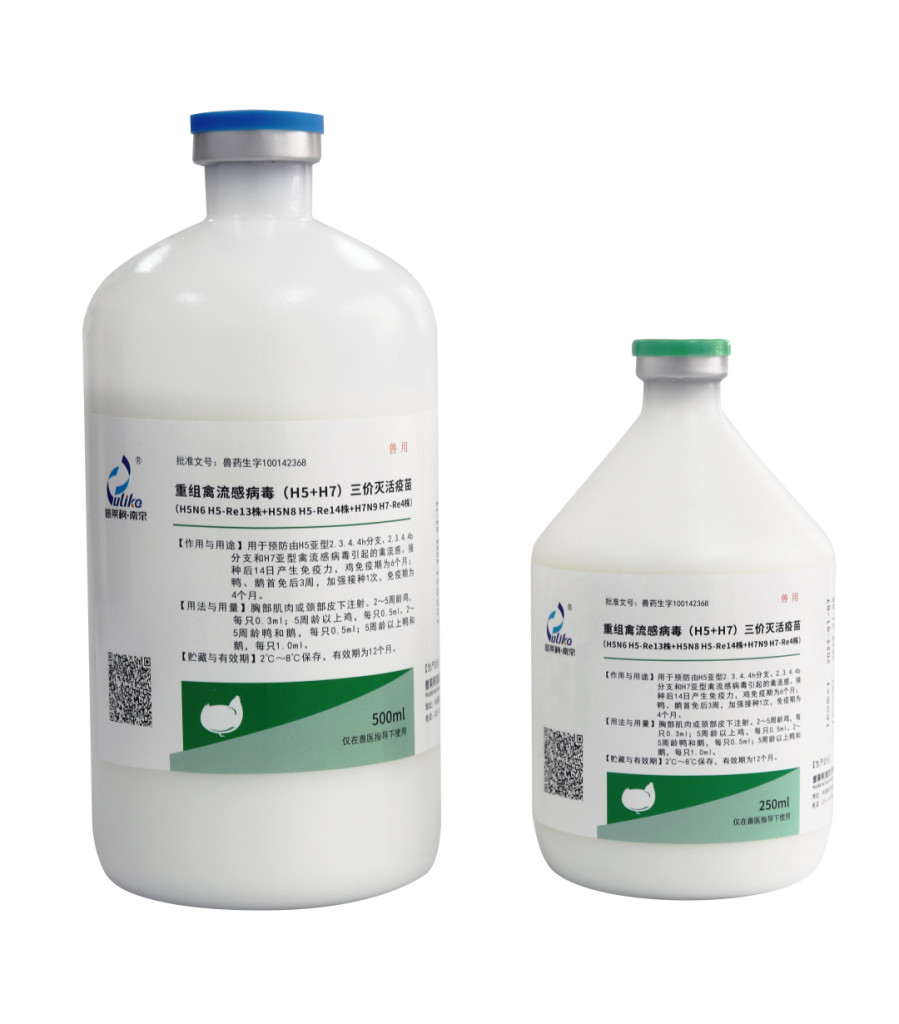
News
Highly pathogenic avian influenza is still the number one infectious disease facing the poultry industry, mainly including H5 and H7 subtypes of avian influenza, which are characterized by strong infectivity and high lethality, and are listed as Class I animal diseases by the World Organization for Animal Health and my country .

H5/H7 subtype avian influenza virus is a segmented RNA virus. Because of the lack of correction mechanism of RNA polymerase, it is easy to mutate (antigenic drift and antigenic switching). The speed is greatly accelerated, which makes it difficult for us to prevent and control such infectious diseases. Therefore, it is necessary to implement comprehensive prevention and control measures to achieve the prevention and control of highly pathogenic avian influenza . So how to prevent and control this type of infectious disease, here is a brief introduction to the prevention and control of avian influenza as follows.
0 1 Carry out the epidemic prevention concept of "raising more than preventing, and preventing more than cure", and strengthen feeding management
Advocate a scientific poultry breeding and management model, avoid raising multiple types of poultry in one poultry farm , especially prevent multiple types of poultry from being mixed in the same poultry house, one poultry farm can only raise one breed of poultry; A variety of different ages and batches of poultry are raised in the poultry farm at the same time, and an all-in, all-out feeding management model is advocated . When building a breeding community, it is necessary to strictly control the rational layout of the breeding sites from the beginning, avoid poultry farms close to rivers and densely populated areas, and vigorously promote biosafety protection measures. Such as: thorough cleaning, flushing, and regular disinfection; restricting the movement of breeding personnel, prohibiting foreign objects such as vehicles and sundries from entering the farm, etc.; completely cutting off all channels for the avian influenza virus to enter the poultry farm to ensure safe breeding of poultry.

0 2 Implement the main responsibility of corporate immunization and strengthen the immunization work of bird flu vaccine
Strictly do a good job in bird flu immunization work. In addition to taking necessary hygiene measures, the most effective way to prevent and control bird flu is to inoculate inactivated vaccines. The difference between inactivated vaccines and live vaccines is that inactivated vaccines require multiple immunizations to stimulate the body to produce protective immunity. The protective effect produced by inoculation of one dose is limited. It is only to "initialize" the immune system, that is, basic immunity. It is necessary to inoculate the second or third dose to produce better protective immunity, that is, booster immunity. Therefore, it is recommended that meat poultry be immunized twice with the same type of vaccine, and that breeding poultry be immunized at least three times to achieve ideal protection . Suggested immunization time: the first vaccination at the age of 7-10 days, the second vaccination at the age of 20-35 days, and every three months thereafter. Suggested vaccination dosage: chicks, 0.2-0.3ml/feather for the first immunization, and 0.5ml/feather for subsequent immunizations; ducklings, 0.3ml/feather for the first immunization, 0.5ml/feather for the second immunization, large duck or breed Ducks are immunized with 0.8-1.0 ml/feather; geese, 0.5 ml/feather for the first time, 0.5-1.0 ml/feather for the second time, 1.0-2.0 ml/feather for breeding geese and big geese. The immunization doses of other poultry refer to the above-mentioned vaccination doses.
At the time of vaccination, we should also pay attention to sanitation and disinfection and suitable immunization sites . Under the age of 1 month, we should use subcutaneous injection in the neck, and if we are over 1 month old, we should use subcutaneous injection in the neck or intramuscular injection in the shoulder. . At the same time, it is necessary to do a good job in seedlings and breeding management, do a good job in the vaccination, prevention and control, and treatment of other infectious diseases in poultry flocks, and cultivate healthy poultry flocks. Only healthy poultry flocks can guarantee the protection of poultry . Influenza vaccination produces an effective immune protective response.
0 3 Implement immune surveillance and take necessary remedial measures
Practical experience is not a substitute for antibody monitoring in the laboratory. In order to be foolproof, generally 2-4 weeks after vaccination, the immune effect must be monitored once, and then every 1-2 months, so as to grasp the antibody titer and uniformity of the immunized flock in time. For example, HI antibody titer is used as a monitoring indicator, For free-range broilers, the minimum antibody titer of 100% of individuals should be above 5 log2, for intensive farms, it should be above 6 log2, and for breeding poultry farms and laying poultry farms, it should be above 8 log2. Economic losses caused by H5/H7 subtype avian influenza viruses. If the antibody level of poultry flocks does not meet the standard, it is necessary to choose a vaccine that is well matched to the epidemic strain and strengthen the supplement in time. Refer to the above item 2 for the dosage, and quickly increase the HI antibody level of the H5 subtype antigen and H7 subtype antigen of the poultry flock. , to achieve effective protection.
0 4
When choosing an avian influenza vaccine, you need to pay attention to several aspects such as strain matching, antigen content, and production technology . The matching between the vaccine strain and the epidemic strain is an important basis for us to choose the avian influenza vaccine rather than simply judging by the antibody level of the immunized flock; generally, the immune effect of the vaccine is positively correlated with the content of the virus antigen in the vaccine , so the most intuitive and worry-free way to improve the immune effect of vaccines is to increase the antigen content; excellent vaccine production technology can indeed assist in obtaining the best immune effect of vaccines, such as reducing immune stress, promoting vaccine absorption, and improving immune effects, etc. .

Reassortant avian influenza virus (H5+H7) trivalent inactivated vaccine (H5N6 strain H5Re-13 + H5N8 strain H5-Re-14 strain + strain H7N9 H7-Re4) produced by Pulike (NJ) Biological Technology Co., Ltd. , the original Merial technology inheritance, the product has the characteristics of small stress, easy absorption, high effective antigen content, no preservatives, high and uniform antibody after immunization, long maintenance time, etc., no matter in strain matching, antigen content or immunity Stress and other aspects are your first choice.
